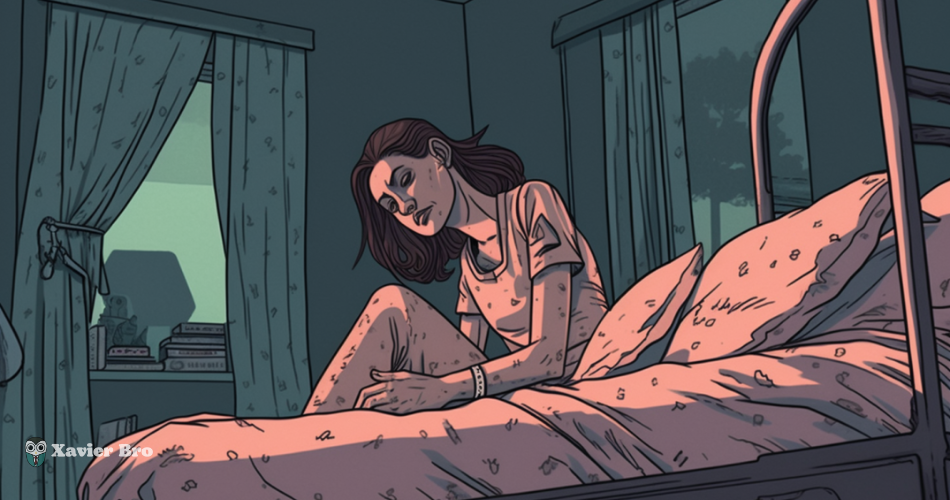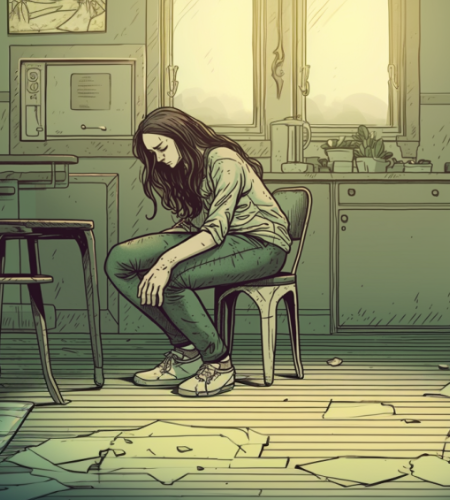Food provides overall nutritional health. So our bones and muscles get stronger by having a wholesome meal. However, you may suffer from severe pain if you lack any nutrients. It can be joint pain, back pain, muscle stiffness, cramping, etc. Knee pain going down stairs is a shared concern that impacts many people. Different factors can lead to knee pain or even critical situations. The knee joint is the most extensive in the human body. It leads to a lot of strain and anxiety when going downstairs.
Causes of Knee Pain While Going Down Stairs
This article will study the anatomy, reasons, diagnosis, and cures of knee pain going down stairs.
Anatomy and Role of Knee Joint
The knee joint is the significant joint that links with the thigh and the shin bone. It has two central articulations. The tibiofemoral joint allows flexibility and stretching of the knee. It even causes slight rotation. The patellofemoral joint lets the patella slide over the femur, which leads to knee movement.
Moreover, it is encircled by a capsule, including synovial fluid, thus lubricating the joint. Several ligaments provide strength and prevent extreme movement. It also has two menisci that function as shock absorbers. The knee joint’s direct role is to keep the body weight and enable movement and posture.
Now, let’s dig into various diseases behind the knee pain:
1- Chondromalacia Patella
You can diagnose yourself with Chondromalacia patella through a physical knee check and arthroscopy. A small camera is inserted in the knee joint to check the cartilage. The softening and corrosion of the cartilage causes it.
It happens on the bottom of the kneecap. Further, it leads to abnormal knee and thigh bone friction. One possible risk factor is breakdown due to aging; however, the treatment follows the usual steps, i.e., rest, sessions of physical therapy, or orthotics.
2- Patellofemoral Pain Syndrome
Patellofemoral pain syndrome is based on the records of knee concerns. Confirm it with imaging tests like X-rays or ultrasound. It is caused by the rash of the tissues near the kneecap due to irregular motion of the kneecap on the joint. Running or jumping are its main risks. Proper medication, supportive braces, and icing are possible treatments.
3- Meniscal Tears
X-rays, MRIs, or ultrasounds diagnose meniscal tears. It assesses the area and location of the incision. These ailments are caused by trauma, bending, or relapse of the meniscus. The crescent-shaped cartilage part works as a shock absorber in the knee joint.
Some possible risk factors involve rotating, shifting, or obesity. It is treated with continuous efforts like rest. Electrical stimulation or viscosupplementation are its treatments.
4- Osteoarthritis
Osteoarthritis is interpreted based on the signs. These tests can indicate cartilage failure, bone triggers, and joint space narrowing. Physical tests or joint fluid research may also be done to head out. The loss of cartilage in the joint induces it. It guides to bone-on-bone rash and swelling.
This condition’s possible reasons are genetics, excessive running, or malalignment. It cannot be inverted, but medicines can reduce pain and improve the process. Changing lifestyle changes, physical therapy, anti-inflammatory drugs, or joint replacement are possible treatments.
5- IT Band Syndrome
IT band syndrome is based on past tests and can rule out causes of meniscal tears or bursitis. The tightness of the iliotibial band causes it. IT band is a broad band of tissue that drives from the hip along the leg. This can rub against the thigh bone and cause discord and irritation.

Possible risk elements include muscle defect, imbalance, poor alignment, flat feet, or overpronation. You can stretch, massage, or apply anti-inflammatory ointments. Surgery may sometimes be required to release or prolong the IT band.
6- Pes Anserine Bursitis
These tests show bump or fluid expansion in the pes anserine bursa. It is a little sac between the shin bone and three tendons. The diagnosis includes joint fluid analysis to find out infection or other conditions. Pes anserine bursitis is provoked by the irritation of the small sac due to injury or leg misalignment. It can even be inflamed when subjected to driving, swimming, or dancing friction.
Some leading causes are poor structural alignment due to biomechanics, knock-knee, diabetes, and osteoarthritis. It is treated with preventive measures like compression and physical therapy. These remedies can relieve pain and bumps and protect from further disturbance. In some patients, injections decrease hives and promote healing.
7- Intricacies and General Tips
Having knee pain while going down leads to various complications. Some of the difficulties of this state are the anatomy and position of the joint. There are various types of knee harms and conditions, including the leg’s misalignment.
You can prevent or reduce it by warming up before any strenuous exercise. Please wear suitable footwear as it supports the knee muscles. Be aware of correct structural points and avoid undue stair use.
8- Medical and Home Treatments
Distinct medical and home remedies are available. It relies on the cause and harshness of the knee ache. Some medical therapies are drugs, injections, physical treatment, or surgeries.
These therapies can assist in relieving pain, hives, swelling, or injury in the knee joint or encircling tissues. Home treatments are resting, icing, heating pads, elevation, exercising, or massaging. They relieve pain, loosen muscles, enhance blood flow, or stop further disturbance.
Conclusion
Knee pain while going downstairs can cue a hurtful knee state. It needs a medical alert. It can even impact your quality of life and specify your actions. Thus, it is vital to seek proficient help if you undergo constant or severe knee pain.
Different therapies and other choices are available. It relies on the reason and severity of your state. You can also try home remedies or preventive steps to ease it. Protect your joints by eating different meals.
FAQs on Knee Pain Going Down Stairs
Is knee pain associated with the backbone?
Yes, knee pain is associated with the backbone. The sciatic nerve is a spinal nerve. It attaches from the lower back via your leg into your knee. It feels like a pain running from your leg, leading to knee pain.
How to dig out that the pain arises from the spinal cord?
If the nerve is pinched of a spinal cord, it leads to knee pain. The nerve branch is located at the back. It can cause discomfort while moving downstairs.
I hope you enjoy our article, do check out more of our amazing articles.
